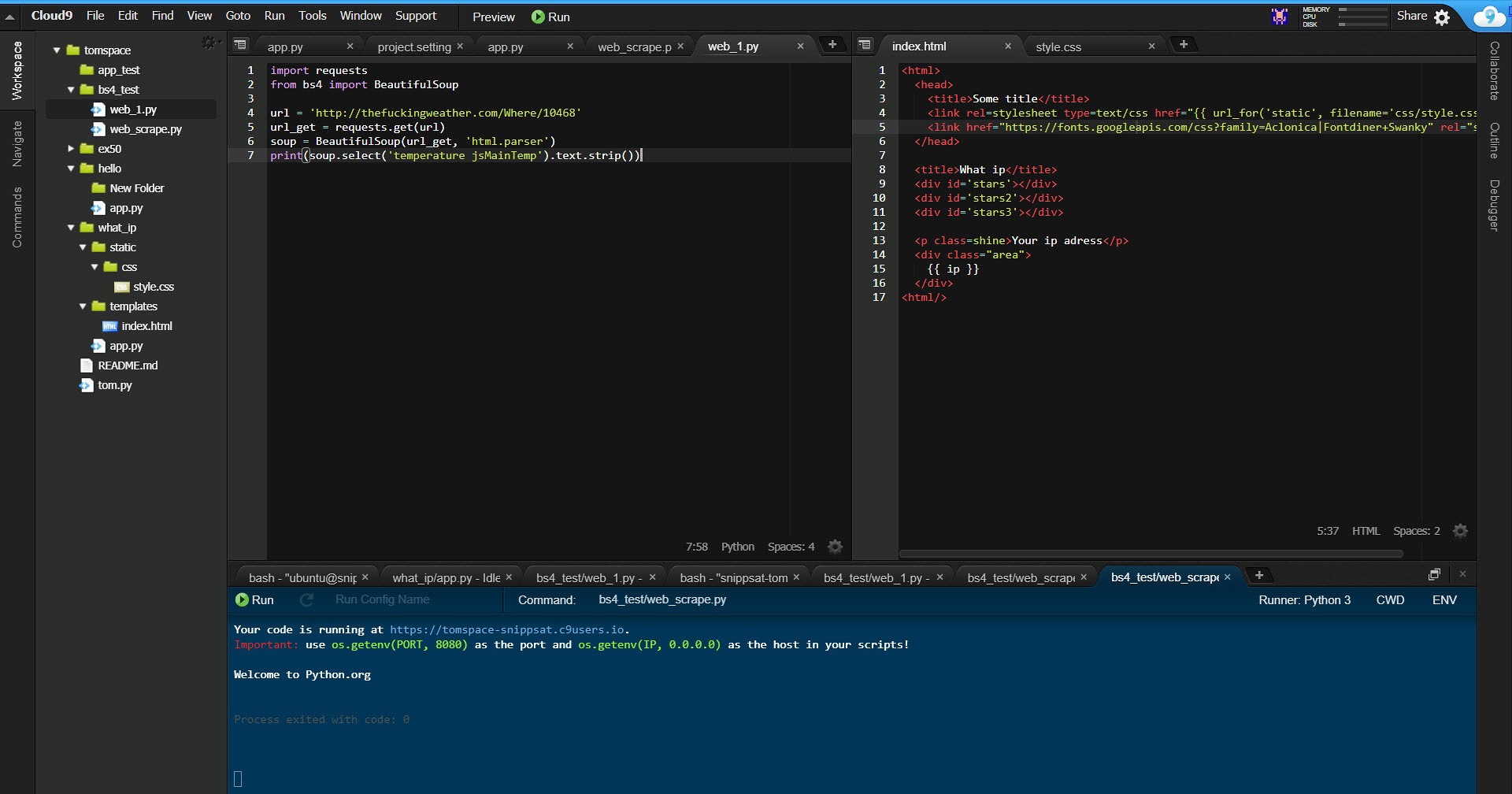

- #Python runner in browser how to
- #Python runner in browser manual
- #Python runner in browser upgrade
- #Python runner in browser software
- #Python runner in browser code
And finally, we will need to tell WebdriverIO in which browsers we would like to run our Specs option, which is an array of paths to your tests, and the baseUrl option, which points to where your app is The two options that are going to be most relevant now are the Provides an overview of all available options. WebdriverIO’s default configuration, which That automatically starts a development server before executing the tests.Īn overview of all configuration options, but theĮasiest way to get started is to start with You can use the Webpack Dev Server WebdriverIO plugin Make sure that your app is running locally. However, it helps if you don’t have to wait for your pipelines to succeed toĭetermine whether they do what you expect them to do. We’ll get to running the above test in CI/CD in a moment.
#Python runner in browser upgrade
Unit tests and a successfully completed pipeline, and you can be fairly confident that theĭependency upgrade did not break anything without even having to look at your website. And all that in just 10 lines with gratuitous whitespace! Add to that succeeding

Page and to interact with them - for example, to click on the link back to the home page.Ĭan already give us a lot of confidence if it passes: we know our deployment has succeeded, that theĮlements are visible on the page and that actual browsers can interact with it, and that routing To interact with the page,īrowser.element to get access to elements on the To verify that the current page is indeed at the location we specified. In this case, we can useīrowser.url to visit /page-that-does-not-exist to It provides most of the WebdriverIO API methods that are the key to The function it defines an individual test. Multiple tests, such as making sure you are logged in. Run the same initialization commands (using beforeEach) for

This can be useful if, for example, you want to The function describe allows you to group related tests. The functions describe, it, and browser are provided by WebdriverIO.

Several testing frameworks supported by WebdriverIO.ĭescribe ( ' A visitor without account ', function ()) Other programming languages supported by Selenium. WebdriverIO JavaScript bindings, but the general concept should carry over In this article we’re going to be using the It can be programmatically controlledįrom a variety of programming languages. Visit a specific URL or interact with elements on the page.
#Python runner in browser software
Selenium is a piece of software that can control web browsers, e.g., to make them
#Python runner in browser code
Infrastructure is up and running, and that your units of code work well together. To just enough to give you the confidence that the deployment went as intended, that your Unit tests that allow you to easily identify the source of a problem, should one occur. Safeguard: most of your code should be covered by In the widely-used testing pyramid strategy, end-to-end tests act more like a We assume you are familiar with GitLab, GitLab CI/CD, Review Apps, and running your app locally, e.g., on localhost:8000. With WebdriverIO, but the general strategy should carry over to other languages. Through the process of setting up GitLab CI/CD for end-to-end testing JavaScript-based applications For the scope of this article, we will walk you
#Python runner in browser how to
To write such end-to-end tests, and how to set up GitLab CI/CD to automatically run these testsĪgainst your new code, on a branch-by-branch basis. Layers of your application, from the frontend to the database. Having the computer run through a few simple scenarios that requires the proper functioning of all Where automated end-to-end testing comes in:
#Python runner in browser manual
However, looking at the freshly deployed code to check whether it still looks and behaves asĮxpected is repetitive manual work, which means it is a prime candidate for automation. Thus, when we use a dependency manager likeĭependencies.io, it can submit a merge request with an updated dependency,Īnd it will immediately be clear that the application can still be properly built and deployed. (or branch, for that matter), the new code can be copied and deployed to a fresh production-like liveĮnvironment, reducing the effort to assess the impact of changes. Review Apps are great: for every merge request


 0 kommentar(er)
0 kommentar(er)
